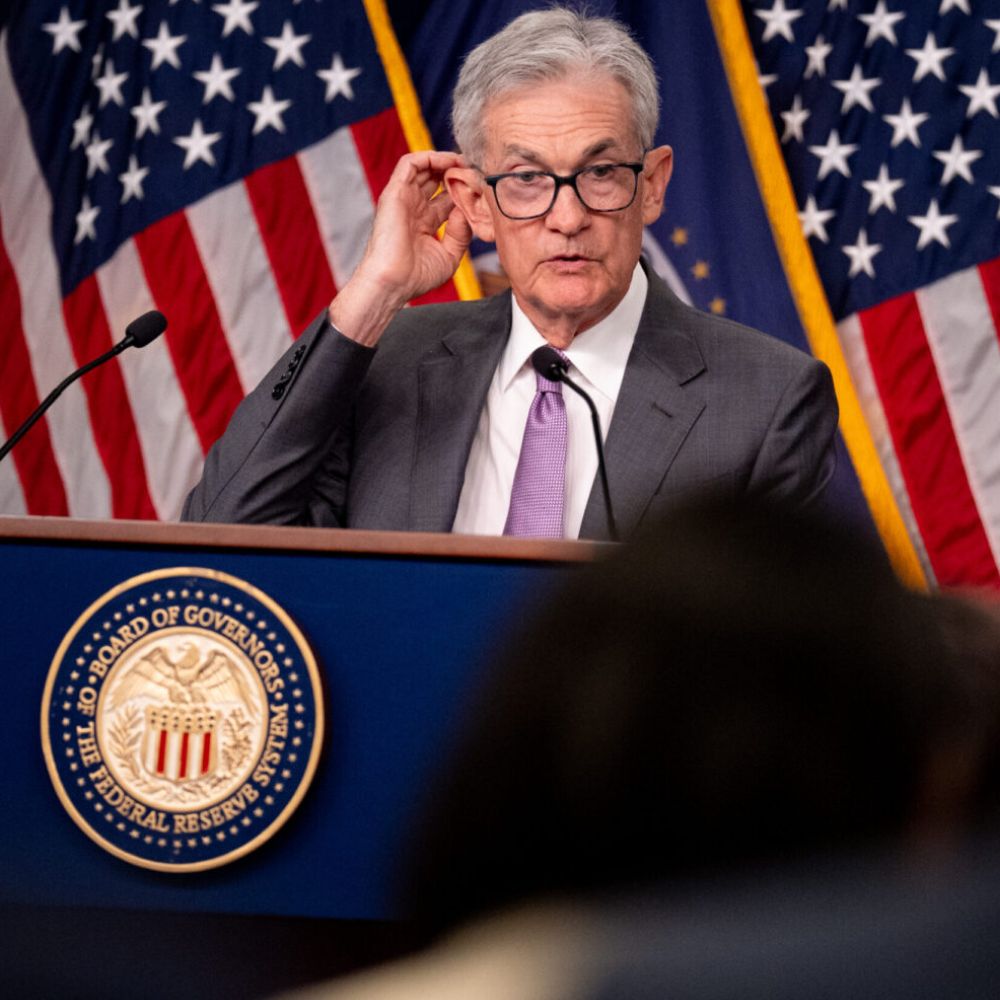As has often been the case, this week’s Federal Reserve meeting will be less about what policymakers are doing now than what they expect to be doing in the future.
In the now, there’s virtually no chance the U.S. central bank will choose to raise its benchmark borrowing rate. Markets are pricing in just a 1% chance of what would be the 12th hike since March 2022, according to CME Group data.
But this week’s meeting, which concludes Wednesday, will feature the Federal Reserve’s quarterly update on what it expects for a bevy of key indicators — interest rates, gross domestic product, inflation, and unemployment. That is where the suspense lies.
Here’s a look at what to expect from the Federal Reserve:
Interest rates
The Federal Reserve won’t be tinkering with its key funds rate, which sets what banks charge each other for overnight lending but also spills over into many forms of consumer debt.
Historically, and in particular during the era under Chair Jerome Powell, the Federal Reserve doesn’t like to buck markets, especially when anticipation is running so strongly in one direction. The funds rate is a lock to stay in its current target range of 5.25%-5.5%, its highest level since the early part of the 21st century.
There’s widespread belief, though, that the Fed will make sure the market knows that it shouldn’t make assumptions about what’s next.
“There’s likely to be a pause here, but a clear possibility that the November meeting is, as they say, a live meeting. I don’t think they’re ready to say, ‘We are now done,’” Roger Ferguson, a former vice chair of the Fed, said on CNBC’s “Squawk Box” in an interview this week.
“This is the time for the Federal Reserve to proceed very cautiously,” he added. “In no way should they say we are completely done, because I don’t think they really know that just yet, and I think they want to have the flexibility to do one more if need be.”
The dot plot
One way for the central bank to communicate its intentions is through its dot plot, a grid that anonymously lays out individual members’ expectations for rates ahead.
Markets will be looking for subtle shifts in the dots to understand where officials see things headed.
“I think that they will keep that bias towards higher rates in there and indicate that they are willing to raise the funds rate further if the data start to show that either inflation is not slowing as they expect it to, or if the labor market remains too tight,” said Gus Faucher, chief economist at PNC Financial Services Group.







